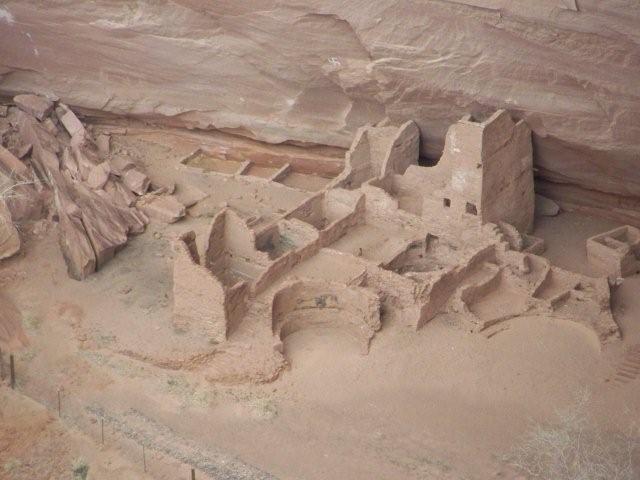Friday, March 26, 2010
Sunday, March 7, 2010
Good Ol, stuff




This to me is art and Architecture. Something old to inspire something new.
http://www.arthistoryarchive.com/arthistory/architecture/Bizarre-Architecture.html
Something a little Bizzare
http://www.robertbruno.com/
Steel House!
http://www.bartprince.com/default.html
More cool stuff
http://egardens.blogspot.com/2009/08/tree-houses.html
tree Houses (massively cool)
The art and architecture section of Art and Today reminded me a great deal of spatial archeology. Spatial Archaeology is a relatively new method of studying the remains of settlements in order to reconstruct and map human interactions with each other and their settlements. Using these methods of archeological surveying archeologists are able to determine unique social nuances within a community. For example, how the structures are placed around a central cooking fire as opposed the spacing of homes being built when individual family groups cook together. The sharing of resources and food promote an egalitarian society as opposed to a society based around a hierarchy, something that most likely would be unable to be determined otherwise. I only bring this up because in the text, it suggests that architecture is a social commentary. The values of a society bleed into the environment in which we create. What is it that our environment is echoing? With Architecture like Façade, Storefront for Art and Architecture, A-Z Management and Maintenance Unit Model 003, and Ciudad Transportable, what are we leaving behind and what will it be interpreted as?
What can I say about the Radicant that we haven’t already touched on? I don’t know… Having finished reading the book, re-reading some because I felt as though I had misinterpreted its meaning, and digesting it over the last few weeks I feel as though I have made some haste conclusions myself. I would have to say that this book was a success; a success because it frustrated me fully. As a creative mind it is important to be moved, shaken from your tree, and maybe kicked around a bit so as to see the world from the ground, not a tower, or the front porch. Perhaps that is what B. is getting at. There will be a counter movement, the oppressed, the frustrated, the angry, and the critic will all blaze a new trail; which direction I have yet to figure understand. The important part is that we all keep working. So in that regard… I hate to say it but good job NB you’re frustrating.
I was really taken by Rachel Whiteread’s work. The space casting not only seems incredibly challenging but taking the negative space and turning into a three dimensional monumental sculpture really lets my mind wander through the possibilities. I don’t know if I get a sense of vulnerability as the text suggests but I do like to think about these unnoticed spaces within our everyday. The examples that really called to me were: the spaces between library books, and the space under a bed.
In From Bauhaus to our House I found the example of the paper creation to be just fantastic. Currently I am working with paper myself. I am exploring its “soul” if you will. I have enjoyed its complexity as a material. Although, I disagree with Albers in regards to his choice of material. Who is to say a castle or car or toy cannot be made of paper? Yes, the folded page exploits its “purity” as a material. However, as a creative mind and as we (our class) have pointed out we make do with what we have. If a castle must be made and paper is all you have, then it must be made of paper... or a construct in the purely conceptual.
1
This question came to mind as I was reading. Where is the boundary between sculpture or a sculptural installation and architecture if any? I am not sure I can give a concrete answer that isn’t filled with my own personal opinion. Both sculpture and architecture use similar principles, practices, methodologies, and deal with similar obstacles to overcome such as: gravity, material cost, structural integrity, scale, and local. On that basis alone I would lump them into the same genre of creation. However some buildings I would not consider to be architecture, simply a structure. Perhaps it is in the “Aura” (if I can borrow the term from W. Benjamin) of the creation that defines it as sculpture or architecture.
Subscribe to:
Posts (Atom)